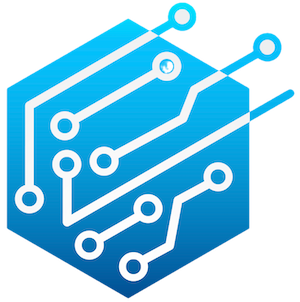The ascendancy of artificial intelligence (AI) has sparked a transformative wave across various fields, and science is no exception. Contrary to the simplistic notion that an AI scientist is merely an advanced neural network, it represents a sophisticated ensemble of algorithms designed to assist researchers in unearthing groundbreaking discoveries. The idea is not just to replicate human thought processes but to enhance them, filling the gaps where traditional methods may falter. This synergistic approach leverages data from myriad sources—ranging from numerical datasets to visual imagery—creating a well-rounded tool for the scientific community.
A Suite of Specialized Tools
Artificial intelligence holds the potential to redefine the way research is conducted. By harnessing advanced algorithms that are capable of performing distinct tasks—like analyzing climate data to evaluate temperature trends or assessing the impact of healthcare policies on public health—AI serves as a powerful ally in the quest for knowledge. The ambition is to build a versatile “foundation model” that incorporates a multitude of data types and can manage various scientific inquiries efficiently. Such a model could serve multiple disciplines, from meteorology to epidemiology, fostering interconnectivity among fields that have traditionally operated in silos.
Redefining the Research Process
One of the most tedious aspects of scientific inquiry involves the extensive literature review necessary to form a solid basis for any experiment. In the past, this process required painstaking manual searches through countless publications. However, with the advent of large language models, this once-cumbersome task can be accomplished at remarkable speed, allowing researchers to focus on more critical and creative aspects of their work. Imagine summarizing insights from thousands of studies during a lunch break, thereby freeing up valuable time for hypothesis formulation and experimental design.
The Role of Human Creativity
Despite the promising capabilities of an AI scientist, it is crucial to acknowledge its limitations. AI excels in data analysis and pattern recognition, but it lacks the nuanced judgment that comes from human experience, especially in determining the validity of scientific claims. Therefore, rather than an autonomous entity replacing researchers, the goal is to position AI as a partner—one that alleviates the burden of repetitive tasks while amplifying human creativity. This partnership empowers scientists to devote more energy to innovative thinking and less to data management.
Looking Toward the Future
The vision for the AI scientist is not merely a futuristic fantasy; it is on the horizon, poised to revolutionize the landscape of scientific research within the next few years. As prototypes evolve and become more sophisticated, the collaboration between AI and human scientists is expected to deepen, leading to novel discoveries and advancements. Embracing this technology is not about fearing the loss of human input but reveling in the opportunities it presents. As we stand on the brink of this new era, it is essential to harness AI as a functional tool that complements and enhances our innate curiosity and creativity.


Leave a Reply